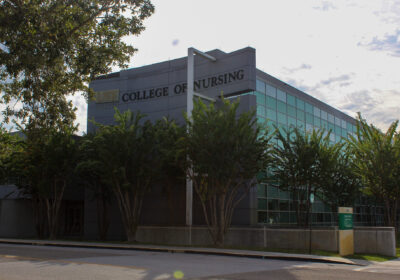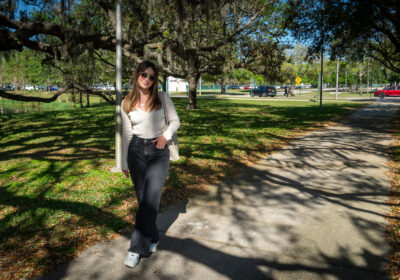Tampa has bright future ahead with urban planning
A plan unveiled Tuesday by Tampa Mayor Bob Buckhorn has hopes to transform Tampa into a vibrant, livable and sustainable community with its Center City redesigned and revitalized.
Tampa is in dire need of urban planning. Much of the downtown area is an unorganized and inefficient mess of neglected buildings, traffic-heavy roads and gentrification, and this project is one that Tampa and its residents deserve.
The plan, dubbed InVision Tampa, includes improving parks; expanding walking and biking options and access, including bike share programs and easier street crossings; redeveloping neighborhoods to become mixed-use, mixed-income places; expanding waterfront areas and improving mass transportation.
But perhaps one of the most important parts of Tampas project is that it takes its available resources into account community input and successful city models and is sharing its visions with the greater public as the project progresses.
Its recently released Issues and Opportunities Report spells out proposed changes and outlines the results of community workshops. The report includes examples of projects that have worked well in other cities such as the light rail system in Charlotte, N.C., and expanding the waterfront area in Chattanooga, Tenn.
The website, youinvisiontampa.com, has also been a place for community members to share ideas, and is an innovative approach to urban planning that has the potential to ultimately make Tampa more livable for all residents.
Its encouraging to see the multifaceted approach to urban planning that Tampa has been taking as it put together its plans for the past year.
Though the plan has a 25-year time frame and many of the changes wont be seen for a while, Tampanians have a lot to look forward to, as companies are already bidding for bike-sharing dibs, according to the Tampa Bay Times.
But Tampas permanent residents arent the only ones who have a bright, community-connected future USF is high on the priority list, at least among community contributors.
According to the Times, Buckhorn wants the bike-sharing program to be expanded to USF by 2015. USF was also listed as the No. 2 preferred destination and connection just below Tampa aInternational Airport by
neighborhood workshop participants.
Making the proposed improvements to the Tampa area would serve as a huge benefit to USF students, who could have easier access to downtown resources such as internships, jobs, cultural experiences and entertainment.
As USF has a large stake in the future of the region, it should be ensured that the university is continually brought into urban planning conversations and considered an important connection in Tampa.
Tampa is headed in the right direction with its improvements plans, and its planning tactics should serve the community well.






